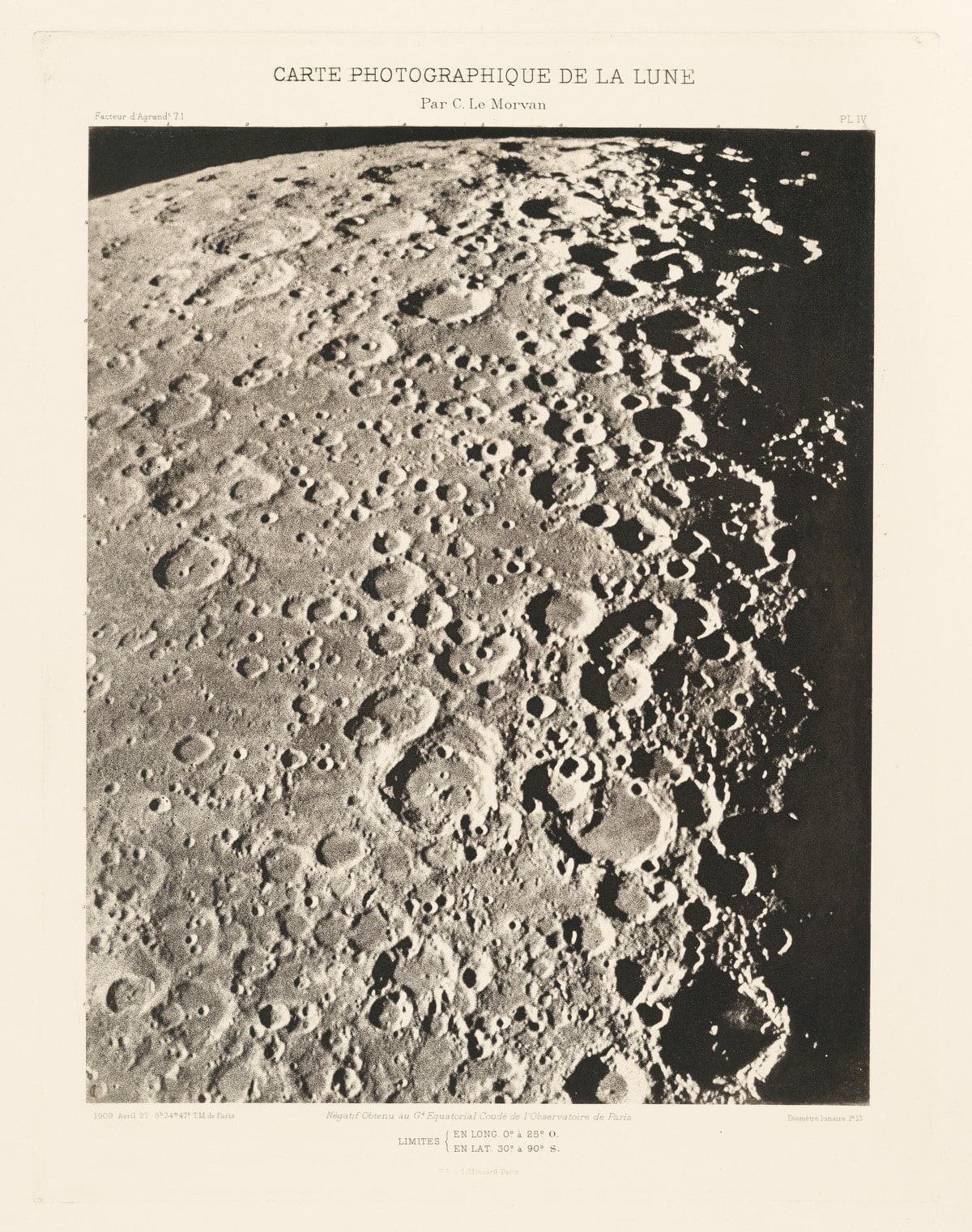Notes from Lunar Frontiers
Lunar Frontiers:
The Rise and Fall of Humanity's First Off-World Colonies
Summary and Notes from Lunar Frontiers

The Moon
The 21st century is marked by rapid technological advancements and early steps toward space colonization, driven by government space programs and private corporations. While the return to the Moon reignites public interest in space exploration, the growing corporate influence on lunar settlements, combined with infrastructure issues and environmental degradation, sets the stage for the collapse of lunar colonies in the following centuries. By the late 21st century, the Moon is a corporate-dominated world, but cracks are already forming that will lead to the peak and decline of lunar settlements in the 22nd and 23rd centuries.
Overview
Earth's moon formed from the collision of Theia and proto-earth around fifty million years ago. The moon's diameter is roughly 3500km. The surface of the moon is roughly 38,000,000 square kilometers. The moon orbits at a distance of approximately 384,400km. Due to tidal locking with Earth, its orbit is synchronized with its rotation (29.5 Earth Days). So, the same side always faces the earth. The surface gravity of Earth's moon is approximately 1/6th of Earth and 1/2 of Mars. Earth's sole natural satellite, “Earth I”, is known as simply “the moon” despite the known existence of many other moons through the local solar system. At the time of its discovery in the ancient world, it was the only known moon. So, Earth's moon has attained this unique moniker. Other names for Earth's moon have included Luna and Selene (the origin for the name of the chemical element “selenium”). So, like geography, the study of the moon's surface is known as selenography. The moon has been associated with and worshiped as, gods and goddesses throughout Earth's history.
Lunar Settlements
History
The history of lunar settlement can be divided into three distinct periods: Pre-Lunar Settlement (2020s-2090s), when humanity first returned to the Moon and established the groundwork for permanent habitation; Early Lunar Colonization (2100s-2200s), marked by the expansion of mining outposts and the rise of lunar tourism; and Peak and Decline (2200s-2280s), when lunar cities flourished but ultimately collapsed due to corruption and infrastructure failure. Some include an additional fourth period, Historical Reflections (2300s-2400s), when scholars and archaeologists revisited the abandoned settlements, compiling a comprehensive history of lunar colonization. Each period offers a unique perspective on humanity's evolving relationship with space exploration, from optimism to eventual abandonment.
Regions
The settlement regions on the Moon are divided into several key types based on their primary functions. Industrial regions are focused on mining, resource extraction, and housing large-scale operations like helium-3 mining and processing facilities. Resort and tourism regions cater to luxury tourists, offering scenic accommodations and activities near the lunar equator. Scientific research regions host labs and observatories, conducting experiments and deep-space observation, often located at the poles for energy efficiency. Corporate-owned regions include company towns and expanding lunar cities built to support mining and commercial ventures, though frequently suffering from corruption and poor infrastructure. Each region serves a distinct role in lunar colonization, shaping the social and economic landscape of the Moon. Initially, many of these regions and their respective settlements comprised a mix of government and private enterprises. However, in the later stages of the lunar project, private companies became the predominant occupiers after government programs and funding pulled away from lunar exploration and colonization in favor of Mars.
Summary
The lunar settlement and colonization era marks humanity's first significant venture into establishing permanent off-world habitats. Beginning with early mining outposts and scientific research stations, the Moon quickly became a hub for industrial operations, space tourism, and corporate expansion. Rather than governments, private companies led much of this development, building sprawling settlements, resorts, and company towns to exploit the Moon’s natural resources—particularly helium-3 and water ice. These settlements were marked by rapid technological advancement but were also plagued by corruption, poorly planned infrastructure, and social unrest. Lunar cities grew around these hubs, driven by both commercial interests and the allure of space tourism. However, the lack of oversight and environmental challenges led to many settlements' eventual decline and abandonment, leaving behind a mix of once-futuristic ruins, corporate failures, and a legacy of early space colonization efforts.

